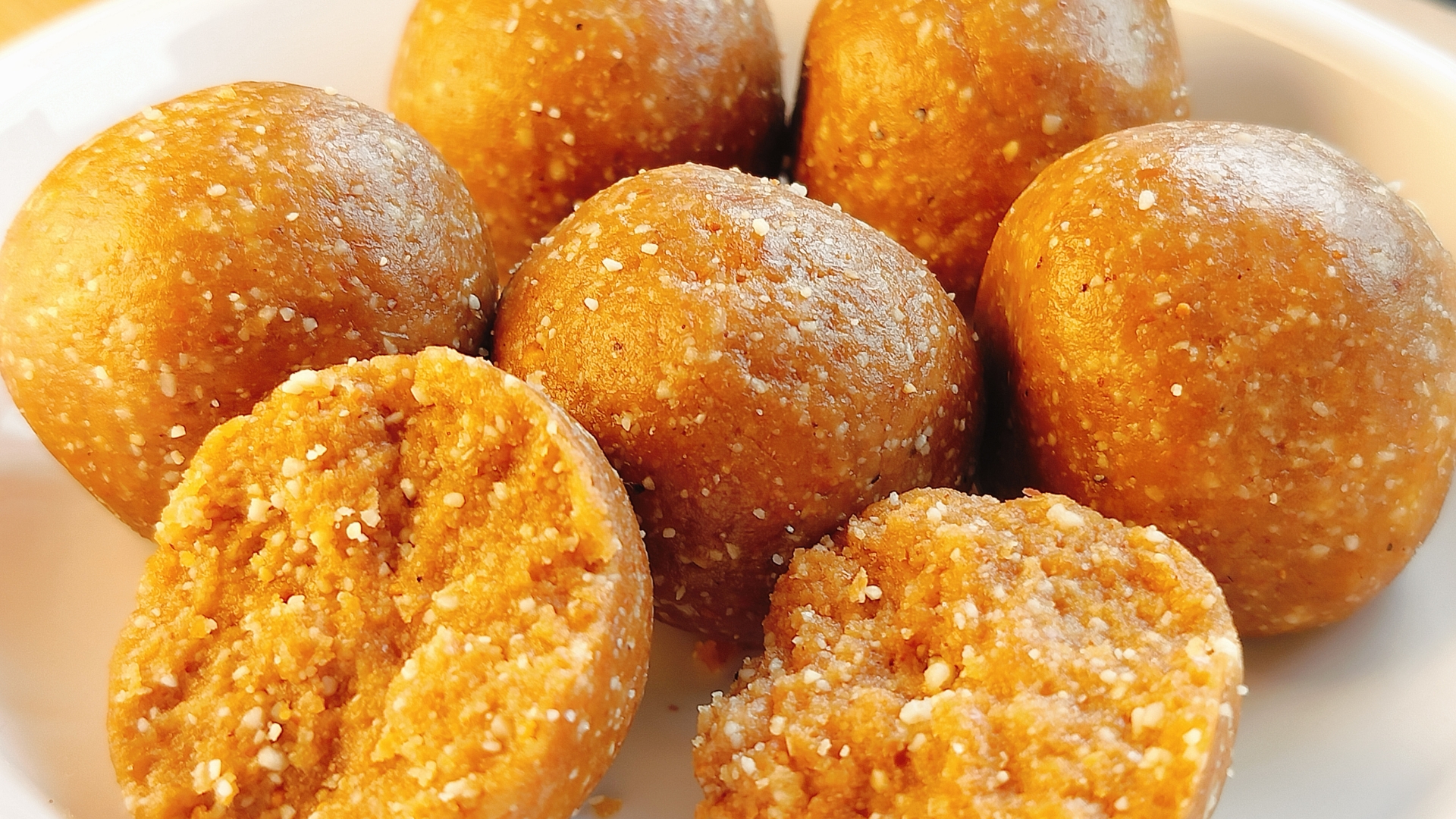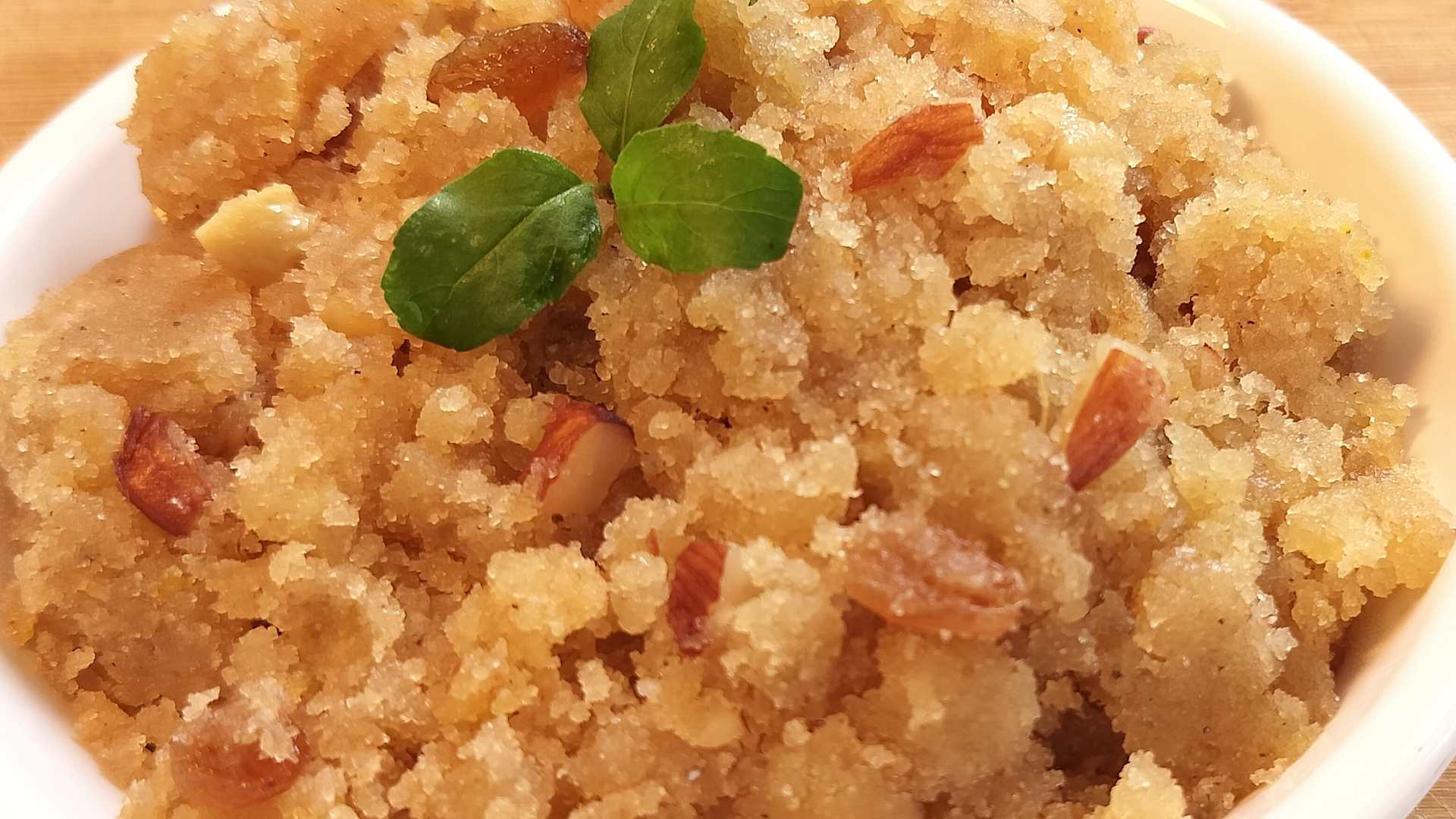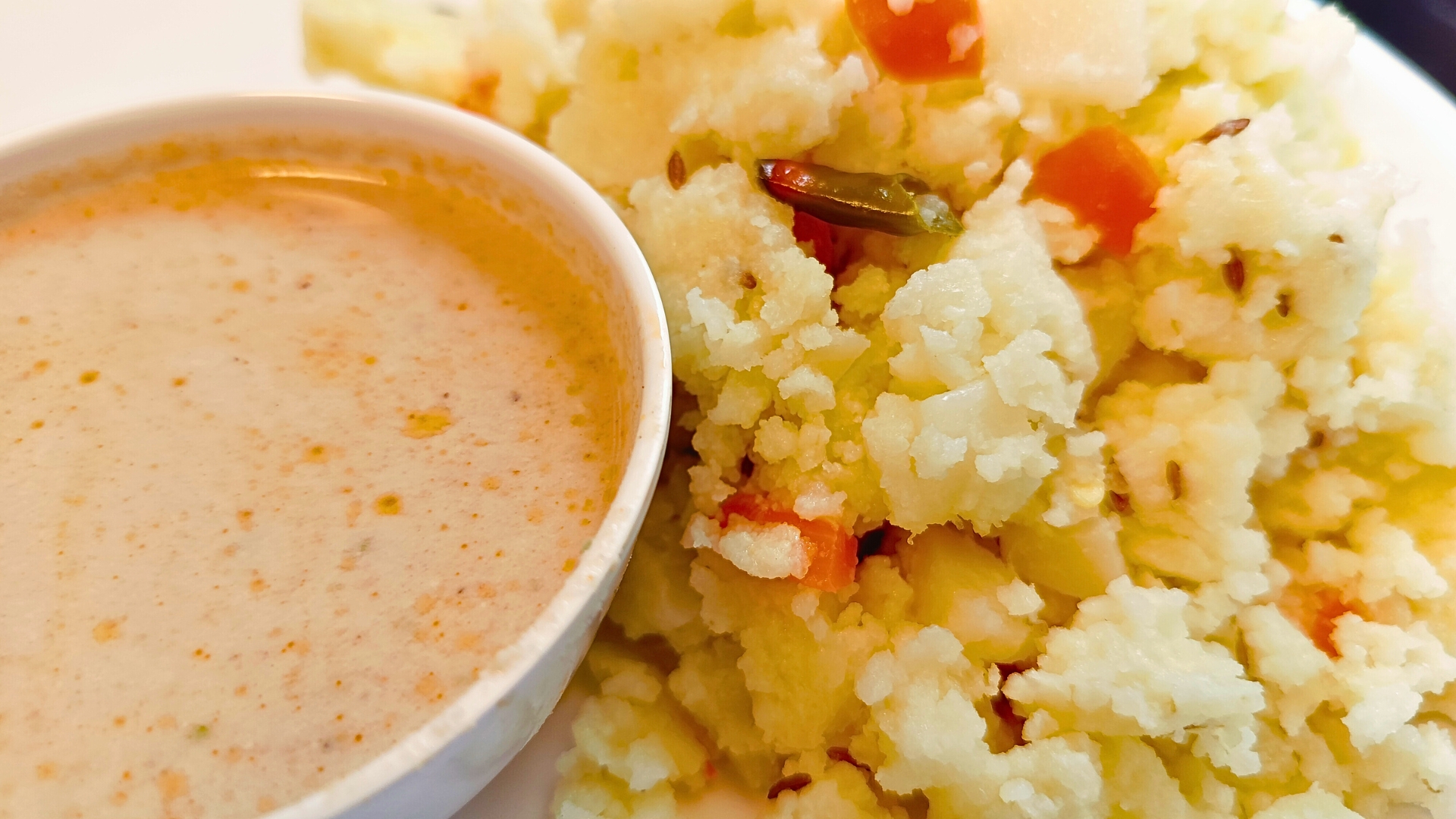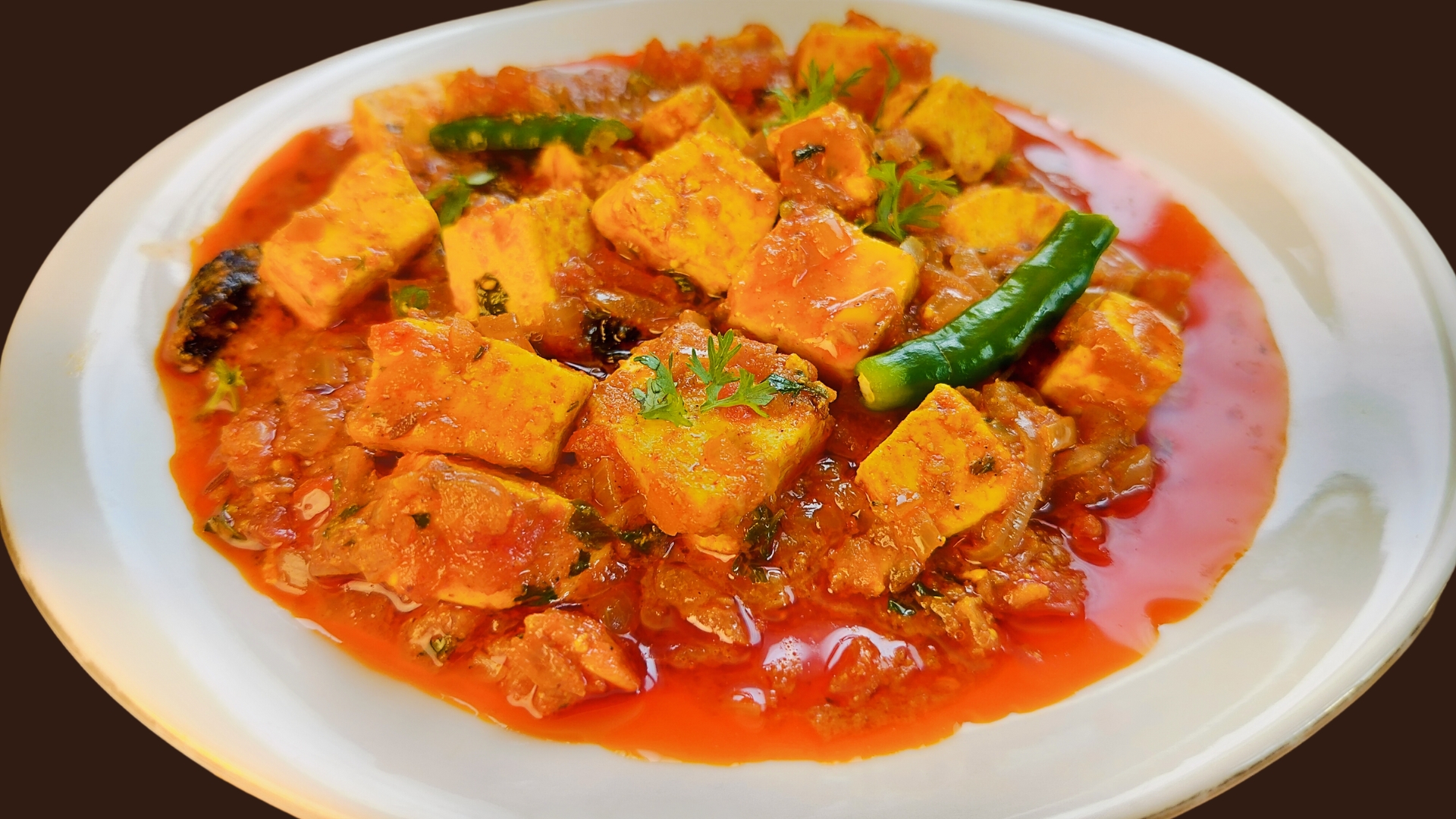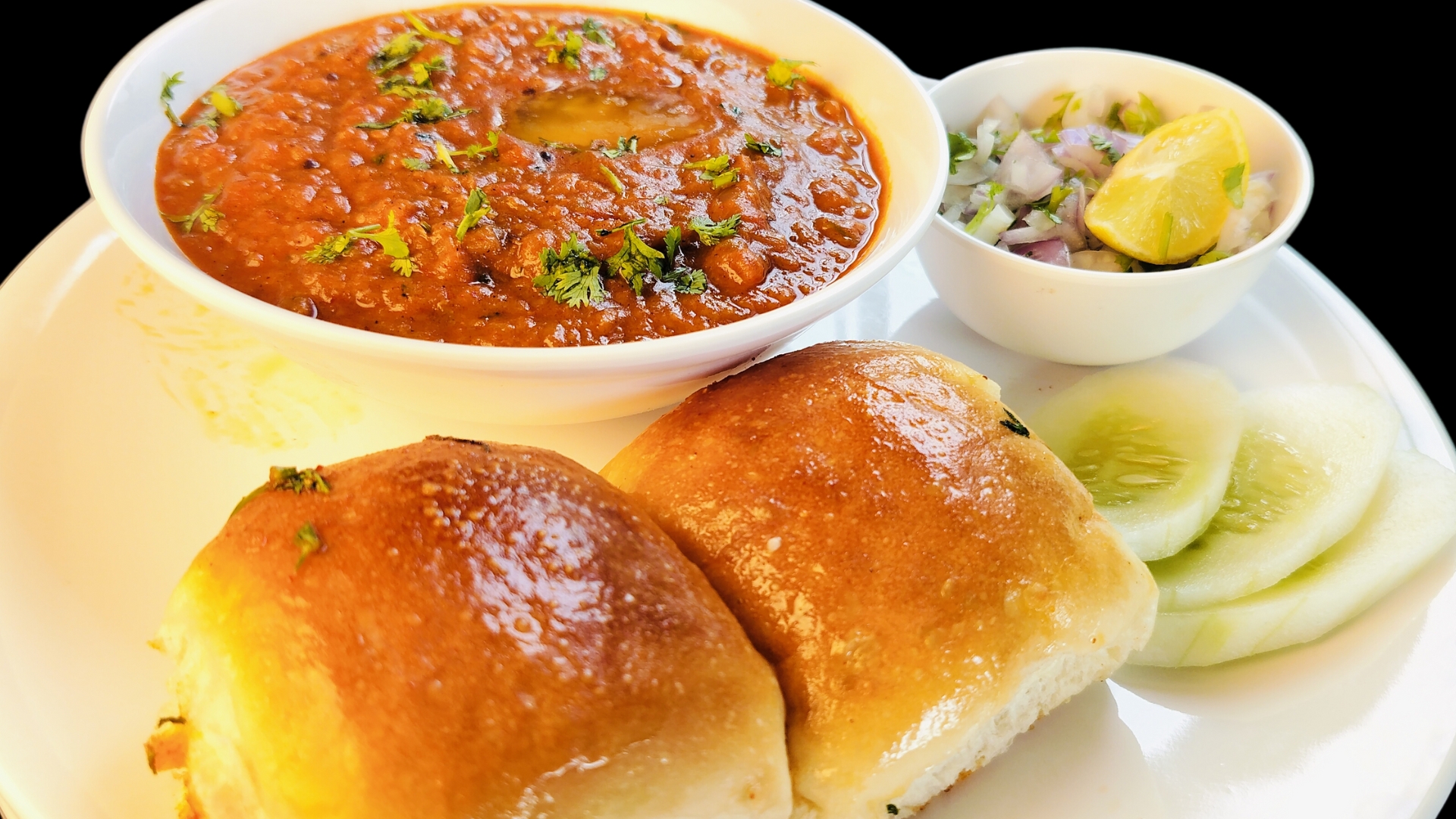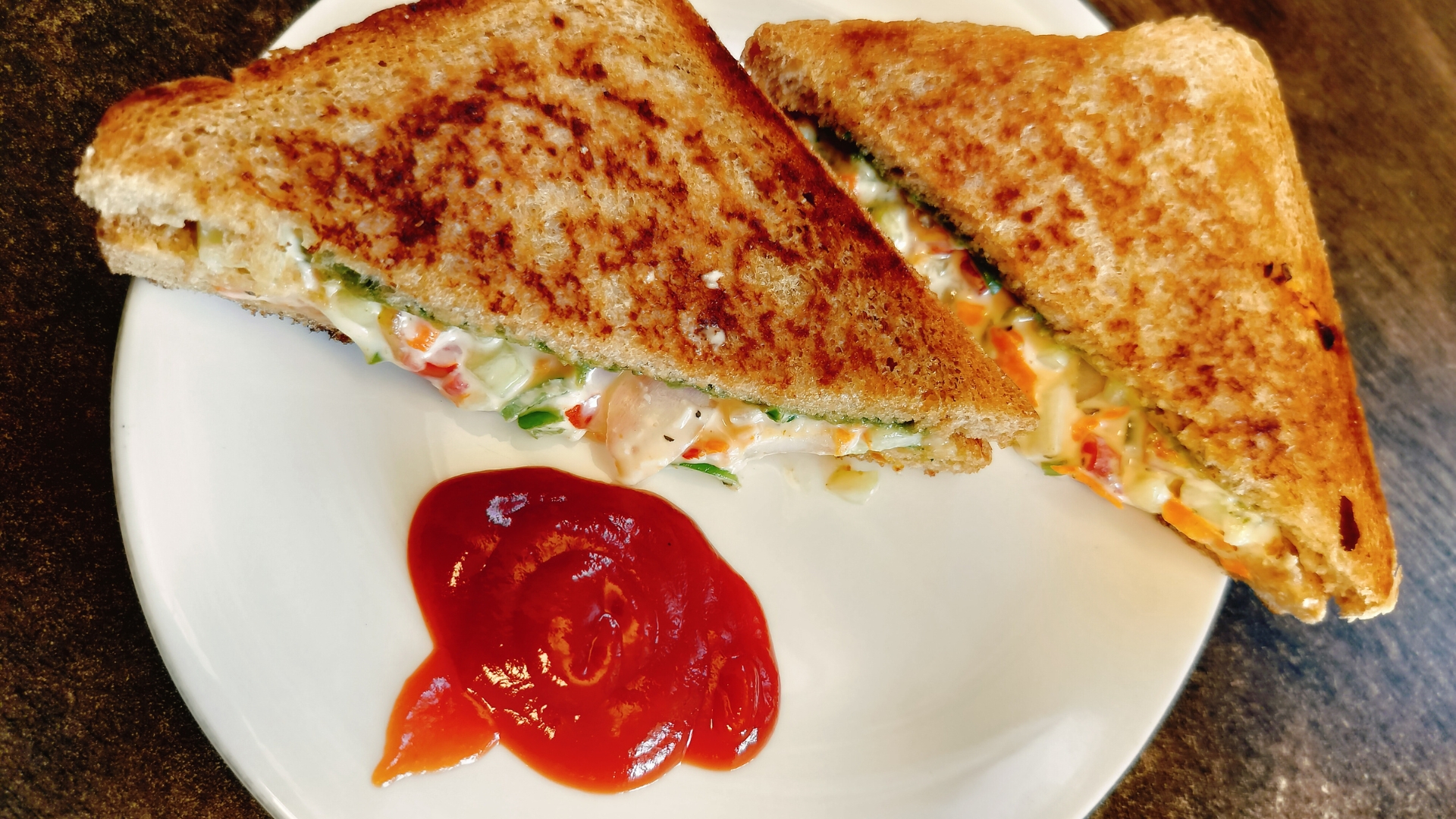Peanuts Jaggery Laddu Recipe: A Delicious and Nutritious Treat
Introduction Peanuts Jaggery Laddu, or “Gud Sheng dana Laddu” as it’s often called, is a traditional Indian sweet treat that has been a staple in many households for generations. This simple yet delightful recipe combines the nutty flavor of roasted peanuts with the rich sweetness of jaggery, resulting in a snack that’s not only delicious but also packed with nutritional benefits. These laddus are often enjoyed during festivals, given as offerings during religious ceremonies, or simply made as a healthy snack for kids and adults alike. The combination of peanuts and jaggery is a match made in heaven, making these peanuts jaggery laddus a favorite across all age groups. Ingredients To make Peanuts Jaggery Laddu, you will need: Optional Ingredients: The key to a good peanuts jaggery laddu lies in the quality of the ingredients. Make sure to use fresh, unsalted peanuts and pure jaggery to get the best flavor. Step by Step Recipe Tips for Perfection Serving Suggestions Peanuts Jaggery Laddu is a versatile snack that can be served on various occasions: For an appealing presentation, place the peanuts jaggery laddus in decorative bowls or wrap them individually in colorful wrappers for festive occasions. Common Mistakes to Avoid. History and Origin The origin of Peanuts Jaggery Laddu is deeply rooted in Indian culinary traditions. These laddus, along with other jaggery-based sweets, have been a part of Indian cuisine for centuries, particularly in rural areas where jaggery is a staple sweetener. The combination of peanuts and jaggery not only provides a quick energy boost but is also considered an auspicious offering during festivals like Makar Sankranti, which celebrates the harvest season. Health Benefits Peanuts Jaggery Laddu is not just a treat for your taste buds but also comes with several health benefits: Variations Regional Cuisines Peanuts Jaggery Laddu varies across different regions of India: Each region adds its own local ingredients, making the recipe unique to that area. Frequently Asked Questions (FAQs) To know more about Peanut Jaggery Laddu click here. Few of our other Trending Recipes: Pav Bhaji Recipe: A Delicious Journey Through India’s Favorite Street Food Palak Paneer Recipe: A Flavorful and Nutritious Indian Classic

